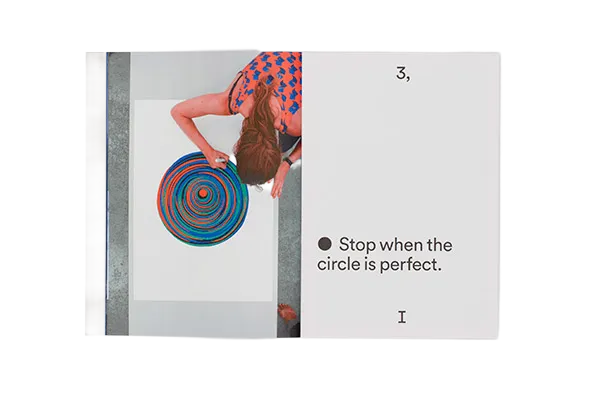Assignment
Due: Sep 16, 2025
Submit Assignment
This week, you will add rules and conditionals to your design system so that it can make decisions on its own. Instead of endless variation, begin defining limits: clear boundaries for how far your system can shift in material, color, scale, or proportion.
-
Use at least two conditionals (if, else if, else) to guide when and how changes happen.
-
Let the system do the heavy lifting: rules should both enable variation and enforce constraint, keeping results within a recognizable family.
-
Start considering how these limits might translate into material choices and fabrication methods.
This step will set up Week 4, when you begin preparing your system for physical production.
Examples
Readings
We don’t have required reading this week either. These are more like fun readings for inspiration.
 (Conditional Design - Tobias Frere-Jones & Jonathan Hoefler)
(Conditional Design - Tobias Frere-Jones & Jonathan Hoefler)